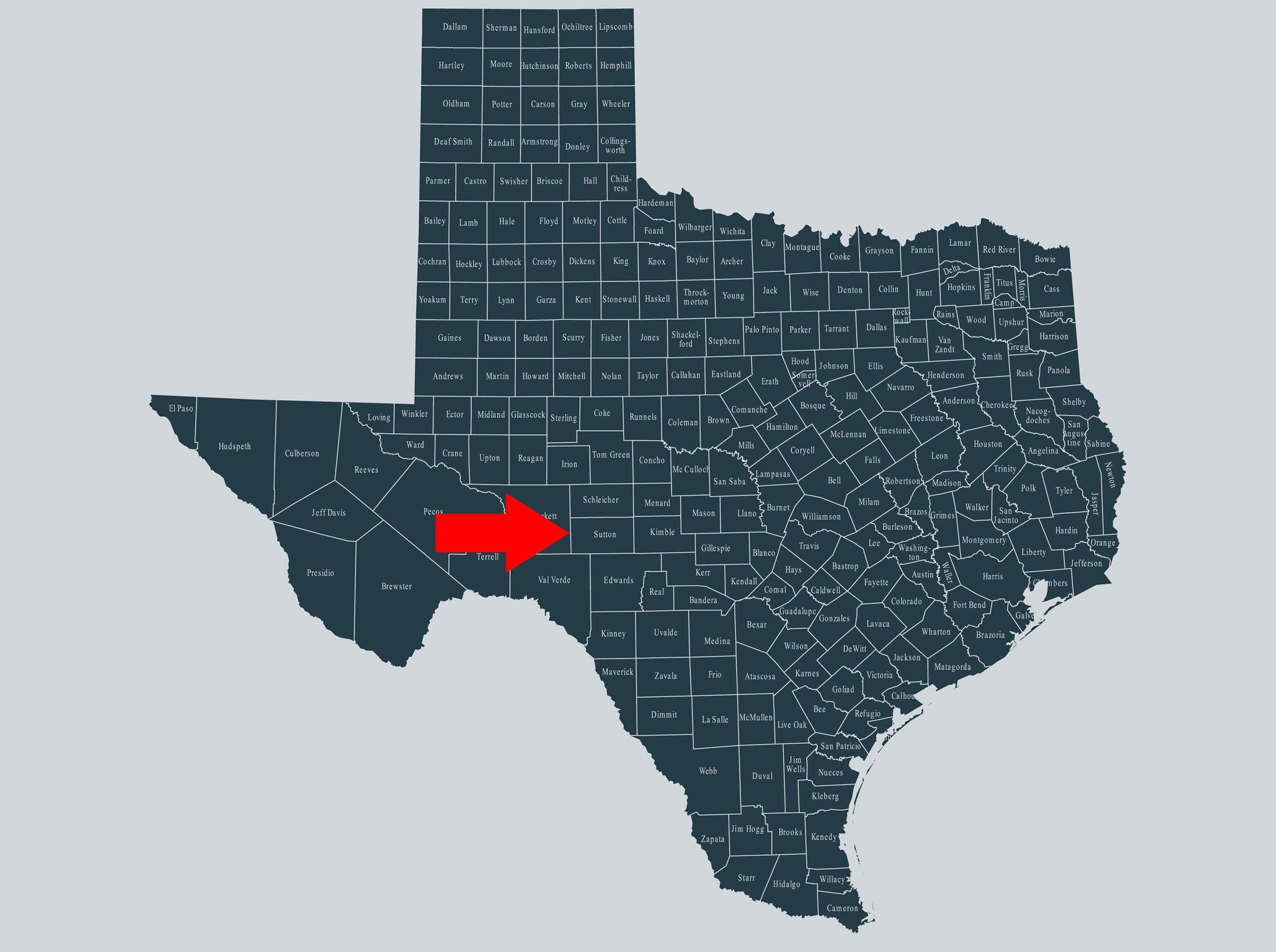
Since June 19, 2019, the Texas Animal Health Commission (TAHC) has received confirmation of three additional anthrax cases in the area of Texas where anthrax is historically found.
The first anthrax case of the year was confirmed in one captive antelope on a premises in Uvalde County on June 19, 2019. Since that time, anthrax was confirmed in goats on a new Uvalde County premises on June 24, one Sutton County horse was confirmed to have anthrax on July 3, and cattle were confirmed to have anthrax on a separate Sutton County premises on July 4.
All of the premises have been placed under quarantine and producers were advised on vaccinating exposed animals and the proper disposal of affected carcasses, as outlined by TAHC’s rules. Typically, quarantines are lifted 10 days from vaccination or the last death loss.
“It is common to see an increase in anthrax cases after periods of wet, cool weather, followed by hot, dry conditions,” said Dr. Andy Schwartz, TAHC Executive Director. “During these conditions, animals ingest the anthrax bacteria when they consume contaminated grass and hay, or inhale the spores. Outbreaks usually end when cooler weather arrives.”
There is an effective anthrax vaccine available for use in susceptible livestock (includes but is not limited to, swine, equine, sheep, goats, cattle, wildlife, etc.) in high risk areas. TAHC encourages livestock owners to consult with a local veterinary practitioner and vaccinate livestock if owners live within the triangular area bound by the towns of Uvalde, Ozona and Eagle Pass. Producers may order anthrax vaccines directly from the manufacturer.
After exposure to anthrax, it usually takes three to seven days for animals to show symptoms of anthrax. Once symptoms begin, death will usually occur within 48 hours. Acute fever followed by rapid death with bleeding from body openings are all common signs of anthrax in livestock. Owners of livestock and animals displaying signs consistent with anthrax or experiencing death of animals should contact a private veterinary practitioner or a TAHC official.
Producers are encouraged to follow basic sanitation precautions when handling affected livestock or carcasses. It is recommended to wear protective gloves, long sleeve shirts and to wash thoroughly afterward to prevent accidental spread of the bacteria to people. For more information on how anthrax affects humans please visithttps://www.dshs.state.tx.us/idcu/disease/anthrax/information/faqs/.
For more information about anthrax visit www.tahc.texas.gov/news/brochures/TAHCBrochure_Anthrax.pdf, contact your local TAHC region office, or visit www.tahc.texas.gov.








